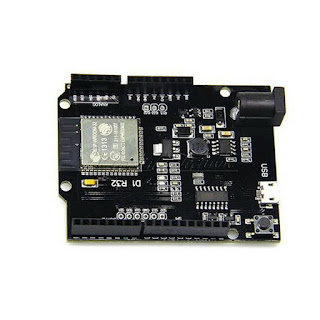ESP8266 and ESP32 WiFi development boards - more power in Arduino Control Center

Starting from version 4.0.0(October 2021), Arduino Control Center supports the ESP8266 WiFi development board. Just a month later, more powerful ESP32 development boards are also supported in ACC. WiFi boards, like ESP8266 and ESP32, bring much-needed freedom in designing your Home Automation system, a Garden monitoring system, or any else system which has to be controlled, monitored and measured with all kinds of sensors without the need for extra network wirings. ESP8266 and ESP32 are not new types of development boards, Arduino IDE compatible, especially ESP8266. But they are built-in in millions of devices and proved their stability, low cost, and easy integration in many use-cases, from smart switches to robotics and wireless control. Adding ESP boards in ACC is maybe even easier than Arduino boards since the WiFi module is integrated into the chip, unlike Arduino boards where network module(shields) has to be connected separately. We have developed the program with various type




